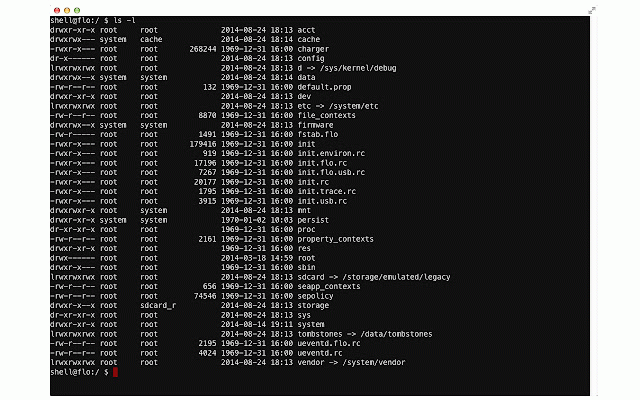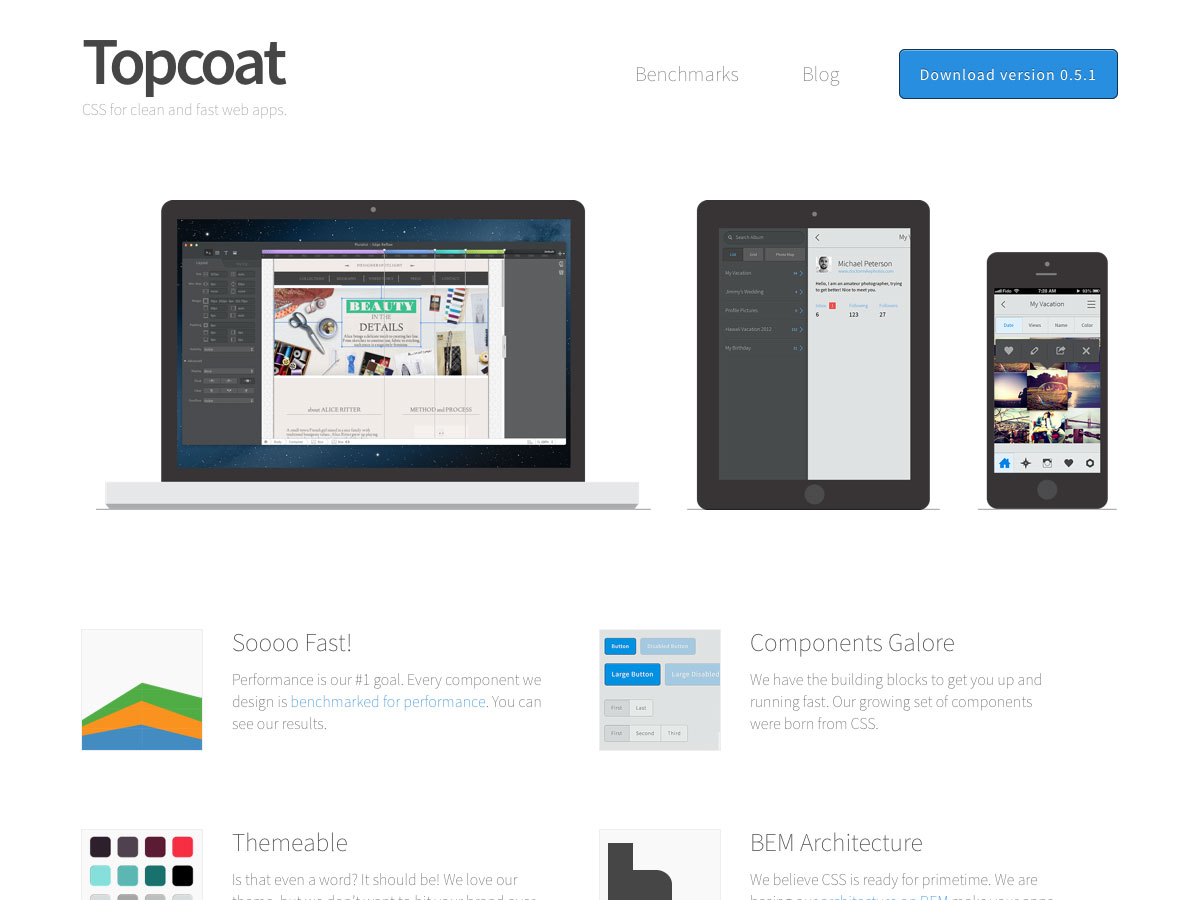
Getting the developer ID Token from the mimik Developer Portal. The following describes the process of generating and saving an Access Token using the mimik Client Library. The Access Token is based on the developer ID Token they generated when creating their account in the mimik Developer Portal.

Developers use the mimik Client Library to create an Access Token. Most of the mimik Client Library APIs require an Access Token in order to be operational. Authorizing Access to the edgeEngine Runtime Also, notice at Line 3 those startup parameters, edgeEngineStartupParameters, are used when starting the edgeEngine Runtime.

#Devdocs client code#
Notice in the code above, at Line 1, the static method, MIMIKStartupParameters.init(), is used to create the startup parameters. It also declares the particular pod for the mimik Client Library at Line 7. The Podfile defines the source code repositories' location containing the relevant dependencies, as shown at Lines 2 -3. The following listing shows an example of a CocoaPods's Podfile that developers will include in their iOS project. The mimik Client Library of iOS is a dependency that gets installed in an iOS project using the CocoaPods dependency manager. The following sections will describe the various aspects of the phases described above that developers need to understand to work with the mimik Client Library for iOS.
#Devdocs client how to#
How to use the mimik Client Library in your code to get and save a mimik Access Token in your application at runtime.How to use the mimik Client Library in your code to start and stop the edgeEngine Runtime installed on an application's host device.How the mimik Client Library is initialized for use in your iOS application at runtime.How to include the mimik Client Library as a project dependency in an iOS application using the CocoaPods dependency management system.The reason for using the mimik Client Library in your iOS application.The basics of programming iOS applications using the CocoaPods dependency management systemĪfter reading this document, you will understand:.


The basics of using an Access Token to access and work with the edgeEngine Runtime.The basics of the purpose and use of the mimik edgeEngine Runtime.
#Devdocs client full#
In order to get the full benefit of this document, the intended readers should be familiar with the following:
#Devdocs client software#
The intended readers of this document are iOS software developers and system integrators using the mimik Client Library when programming an iOS application What You Need to Know Before You Start The objective of this document is to describe the key concepts that developers need to understand to integrate the mimik Client Library with an iOS application and then use the library in their programming activities Intended Readers


 0 kommentar(er)
0 kommentar(er)
